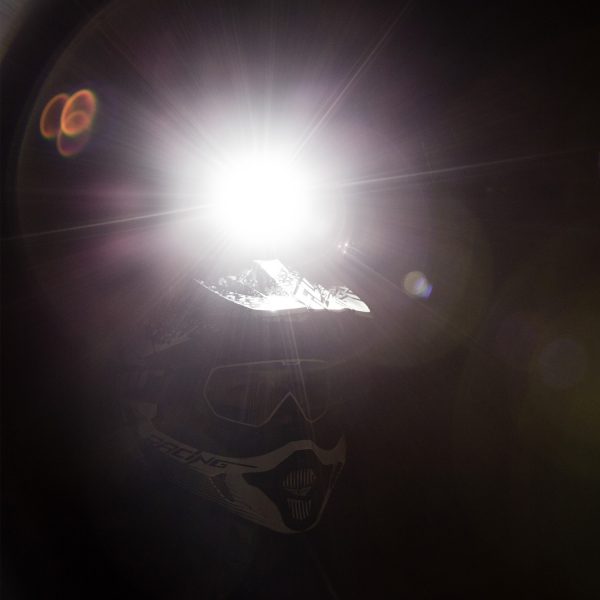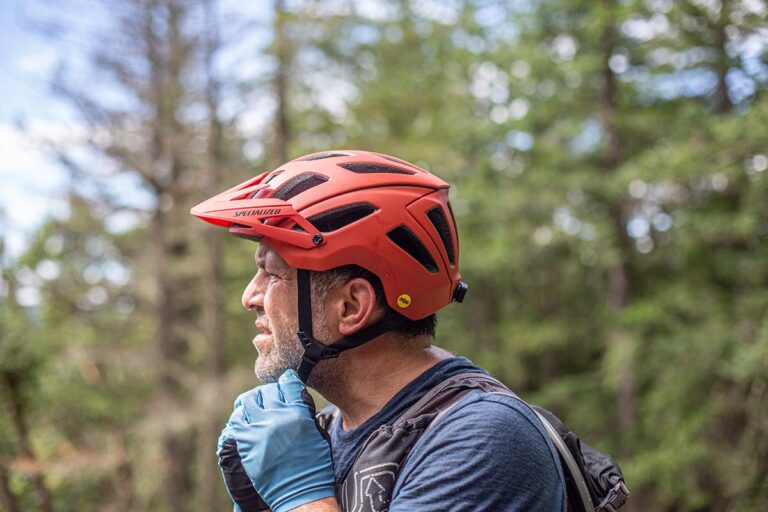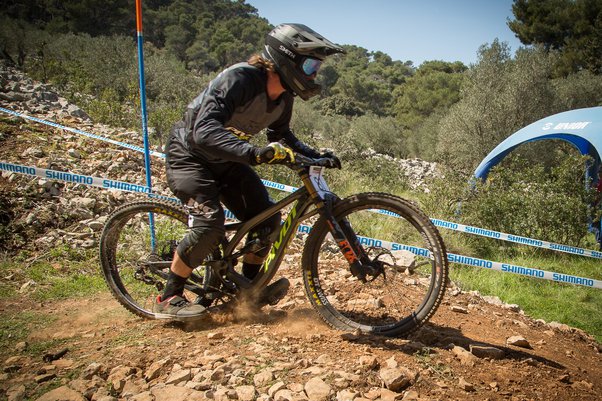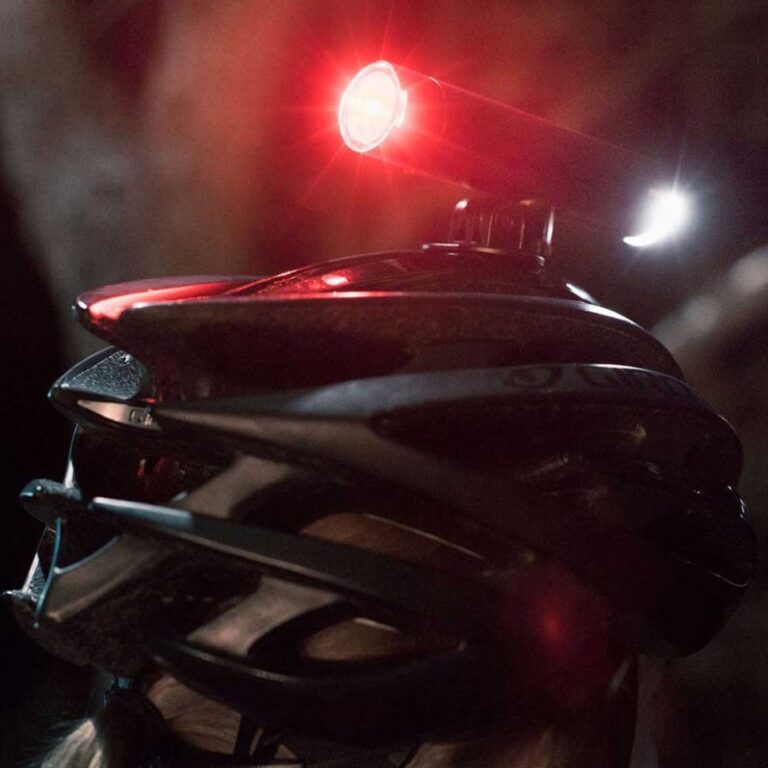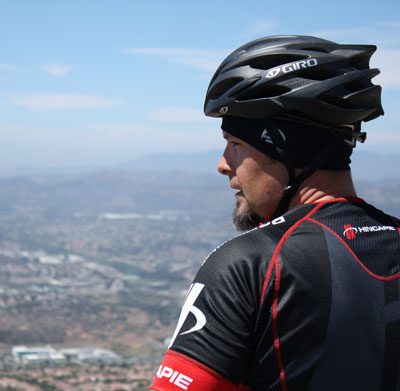Illuminating the Trail: A Guide to Night Riding with Mountain Bike Helmets
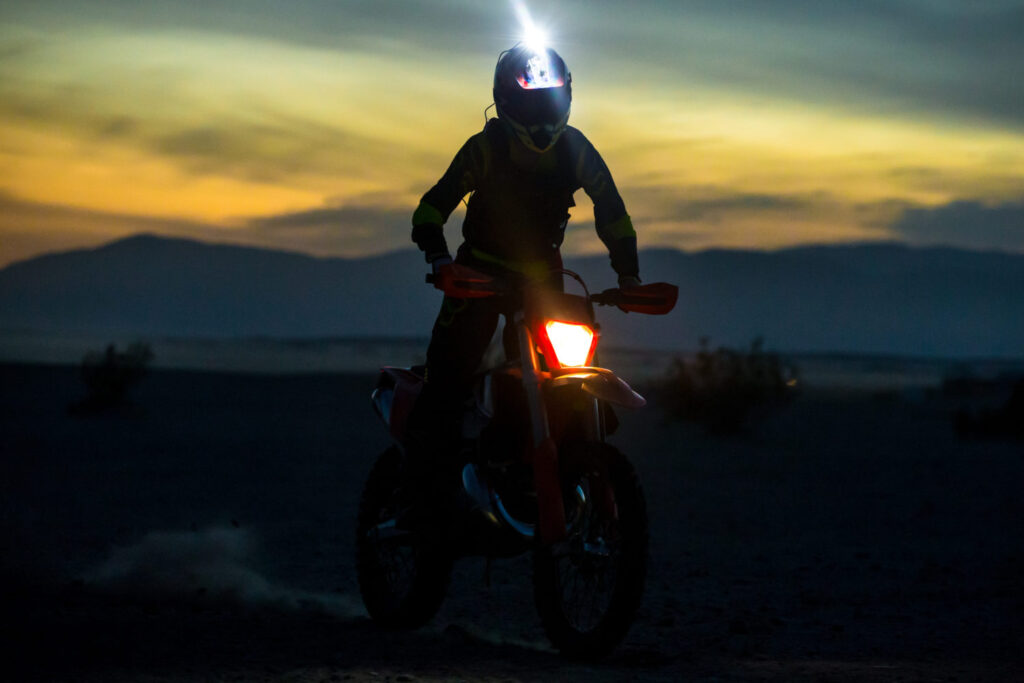
Key Point Summary of Night Riding with Mountain Bike Helmets:
- Essentials of Night Riding MTB Helmets: Specialized helmets for night riding with integrated or mountable lights for visibility and safety.
- Importance of Visibility and Safety: Enhanced features for visibility, including reflective elements and built-in lighting.
- Illuminated Gear Beyond Helmets: Additional gear like reflective clothing, bike lights, and illuminated backpacks for overall safety.
- Choosing the Right Helmet for Night Riding: Factors to consider include light integration, battery life, weight, and comfort.
- Balancing Safety with Enjoyment: Tips for safely navigating trails at night while enjoying the unique experience of night mountain biking.
There’s something thrilling about mountain biking at night. The trails you’ve ridden a hundred times in daylight transform into a completely different world under the cover of darkness. As an avid cyclist who’s navigated mountain, gravel, and cyclocross terrains, I’ve learned that the right gear is crucial for these nocturnal adventures, especially when it comes to helmets.
The Thrill of Night Riding
Night riding on a mountain bike isn’t just about tackling the same trails with less light; it’s a whole new experience. The sounds of the forest are more pronounced, the cool air feels different, and the trail ahead becomes a tunnel of focus.
Helmets Designed for Night Riding
When you’re barreling down a trail in the dark, a regular MTB helmet won’t cut it. You need something designed specifically for night riding. These helmets often come with integrated lights or have mounts to attach your own. The beam from a helmet light follows your gaze, illuminating the path where you’re looking, which is a game-changer compared to just having a handlebar light.
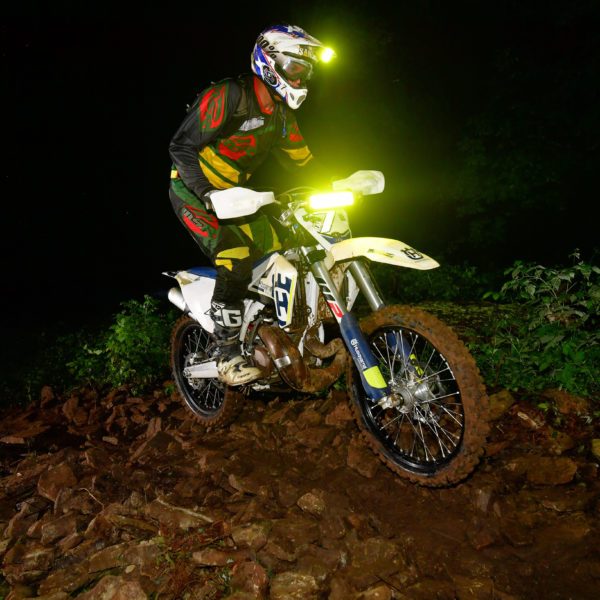
Visibility is Key
Apart from the lighting, night-riding MTB helmets often have reflective elements. This is crucial because you want to be visible to others, especially if your trail crosses roads or more populated areas.
Choosing the Right Helmet
Picking a night-riding helmet isn’t just about the brightest light. You have to consider battery life – there’s nothing scarier than your light dying mid-ride. The helmet should also be comfortable; extra weight from the light can feel significantly heavier after a couple of hours. And don’t forget ventilation – just because it’s night doesn’t mean you won’t work up a sweat.
Illuminated Gear for Safety
Beyond the helmet, other gear is essential for night riding. Reflective clothing is a must. I also recommend an illuminated backpack or hydration pack. It adds another layer of visibility, and let’s be honest, it looks pretty cool too.
Navigating the Trails
Riding at night requires a bit more caution. Familiar trails will feel different, and obstacles can appear suddenly in your limited light. Slow down a bit and focus on the trail ahead. It’s also a good idea to ride with a buddy for safety.
Personal Experiences and Tips
My first night ride was an eye-opener. I underestimated how different the trail would feel. But with each ride, I grew more confident. There’s a peacefulness to night riding that you don’t get during the day. Just be sure to check your gear before heading out – a malfunctioning light or a forgotten reflective vest can quickly turn an adventure into a misadventure.
Here are several mountain bike (MTB) helmets that stand out for night riding, thanks to their features such as integrated lighting, reflectivity, and compatibility with additional illumination gear. Here’s a list of some of the top helmets suitable for night rides:
- Lumos Ultra Smart Helmet: Known for its integrated LED lighting on the front, back, and sides, providing excellent visibility and safety during night rides.
- Specialized Ambush with ANGi: Offers superior protection and comfort, and can be easily equipped with additional clip-on lights for enhanced visibility at night.
- Bell Super 3R MIPS: This helmet is popular for its versatility and full-face protection option. It has integrated mounts where you can attach lights and action cameras.
- Giro Montaro MIPS: A robust helmet that offers good ventilation and comfort, and has a clip at the back for securely attaching a light.
- POC Tectal Race SPIN: Renowned for its safety features and comfort, this helmet also includes a Recco reflector, enhancing searchability in the wilderness, which is useful for night riding.
- Smith Forefront 2: This helmet is highly regarded for its lightweight, comfortable, and Aerocore construction. It features integrated channels for seamlessly mounting lights.
- Oakley DRT5: Designed with input from professional cyclists, it includes a rear mechanical clip system that can hold eyewear or a light securely.
- Kask Rex: Known for its comfort and lightness, the Rex also has a mount at the top of the helmet which can hold a light or an action camera.
Remember, the best helmet for night riding depends on the individual’s fit, riding style, and specific needs regarding light integration, comfort, and safety features. It’s always advisable to try on helmets for fit and to check compatibility with any additional night-riding gear you plan to use.
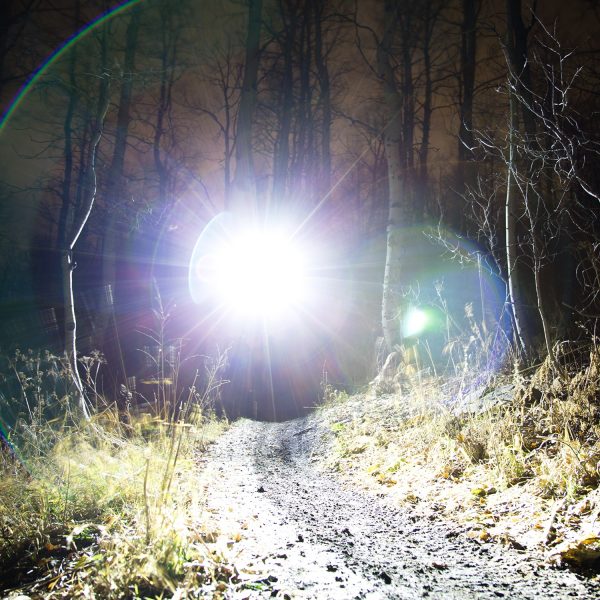
FAQ
Is it safe to mountain bike at night?
Mountain biking at night can be safe if proper precautions are taken. This includes using adequate lighting (both on the bike and helmet), wearing reflective gear, knowing the trail well, riding within your skill level, and ideally, biking with a group. However, night riding does come with increased risks due to reduced visibility and potential for wildlife encounters, so extra caution and preparation are essential.
Can you mountain bike in the dark?
Yes, you can mountain bike in the dark, provided you have adequate lighting (such as a strong headlamp and bike lights), wear appropriate safety gear, and are familiar with the trail. It’s important to take extra precautions for navigation and safety due to reduced visibility.
Can I wear a MTB helmet on the road?
Yes, you can wear an MTB helmet on the road. While MTB helmets are designed with features specific to mountain biking, such as added rear head coverage and a visor, they still provide the necessary safety and protection for road cycling.
How many lumens do I need to ride at night?
For night riding, a light with at least 200-400 lumens is recommended for visibility on roads, but for mountain biking on trails, you may need 600-1000 lumens or more to adequately illuminate rough and uneven terrain. The key is having enough light to see obstacles and navigate safely at your riding speed.
Enjoy the Night, Safely
Night mountain biking can be an exhilarating experience. With the right helmet and gear, it’s also a safe one. So gear up, light up, and enjoy the unique experience of the trails after dark.
Happy night riding, everyone!
John
